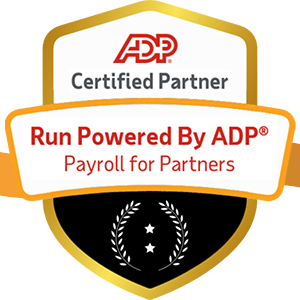
Introduction: In today’s competitive job market, retaining top talent is essential for organizational success. Losing skilled employees disrupts operations and carries substantial costs—Gallup estimates replacement expenses range from one-half to twice an employee’s annual salary. Imagine if companies could predict who’s likely to leave before it happens. That’s precisely what predictive analytics for employee retention makes possible.

Predictive analytics leverages data and machine learning to identify trends and risk factors associated with employee turnover. By analyzing multiple variables—such as performance, engagement, and personal context—organizations can detect early warning signs of disengagement and proactively intervene.
To construct an effective predictive model, organizations must gather and analyze a diverse set of data points:
Together, these data points form a holistic risk profile, enabling leaders to personalize retention strategies for each employee.

Once the data is collected, organizations can deploy machine learning algorithms—logistic regression, decision trees, or neural networks—to build predictive models.
For example, an analysis might show that employees with 2–3 years of tenure, long commutes, and low engagement scores are most likely to leave. The system flags these individuals, alerting managers to act early through re-engagement efforts or role adjustments.
Identifying risk is only the first step; proactive retention strategies are what deliver results. Key interventions include:
Combining predictive analytics with these retention methods empowers organizations to act before disengagement turns into departure.
Several global organizations have already demonstrated the tangible value of predictive analytics in retaining employees:
These examples highlight that data-driven retention isn’t theoretical—it’s transformative.
Implementing predictive analytics for retention comes with key considerations:
Despite these hurdles, the potential benefits—cost savings, engagement, and culture enhancement—make predictive analytics a strategic imperative.
Employee retention has evolved from reactive to predictive. With data and machine learning, organizations can anticipate turnover risks and design proactive interventions. From career pathing to manager development, predictive analytics enables a tailored, evidence-based approach that drives long-term loyalty and performance.
While challenges like privacy and bias demand careful attention, the rewards are undeniable: lower turnover costs, stronger engagement, and sustainable success.
The future of talent management is no longer guesswork—it’s data-powered foresight. Organizations that embrace predictive analytics today will lead the workforce of tomorrow.


